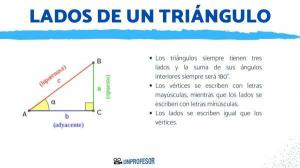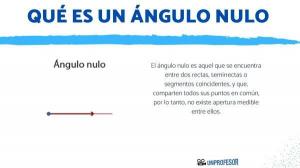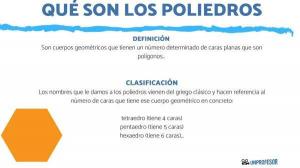DIFFERENCES between CONCAVE and CONVEX polyhedra

On this occasion, from a teacher we are going to explain to you what the differences between concave and convex polyhedra, a very important and basic lesson for the study of mathematics and, specifically, of geometry. First of all, we will clarify concepts: what is a polyhedron and what does it mean for it to be concave or convex. Then we will move on to the examples. Finally, we will propose a exercise and its solution to check that the explanation is understood.
The polyhedra are geometric bodies that have a determined number of planar faces which are polygons. They are three-dimensional figures and must be bounded, that is, limited by a certain and finite number of flat surfaces. In other words, that figure that has infinite faces cannot be a polyhedron.
Therefore, they enclose a finite volume. They can be of different types, but in this article we are going to differentiate between the concave and convex.
It's time to practice with the following exercises:
1. Justify if the sentences you will read below are true or false:
- Regular polyhedra are always convex.
- Concave polyhedra always have indentations or holes.
- Polyhedra can encompass an infinite volume depending on whether they are concave or convex.
- Convexity implies that the polyhedron is regular.
2. Make a drawing of a convex polyhedron and another of a concave polyhedron and check that in the first all the segments pass through the interior, but that in the second some pass through the outside.
The solutions to the previous exercises are the following:
1.
- Regular polyhedra are always convex: true, because regular polyhedra are tetrahedron, cube, octahedron, dodecahedron, and icosahedron and all five are regular.
- Concave polyhedra always have indentations or holes: true, so that when joining two points of the polyhedron the segment is on the outside.
- Polyhedra can encompass an infinite volume depending on whether they are concave or convex: false, since polyhedra always encompass a finite volume, never infinite.
- Convexity implies that the polyhedron is regular: false, a polyhedron can be convex but not regular, as per example a shoebox, because it is convex, but it is not included in any of the five regular polyhedra since mentioned.
2. Depending on the drawn drawing, the answer may vary. Open answer.
If you found this article useful, feel free to browse the Mathematics tab or use the search engine at the top of the web. You can find more information about polyhedra! You can also share it with your classmates.
If you want to read more articles similar to Differences between concave and convex polyhedra - examples, we recommend that you enter our category of Geometry.



